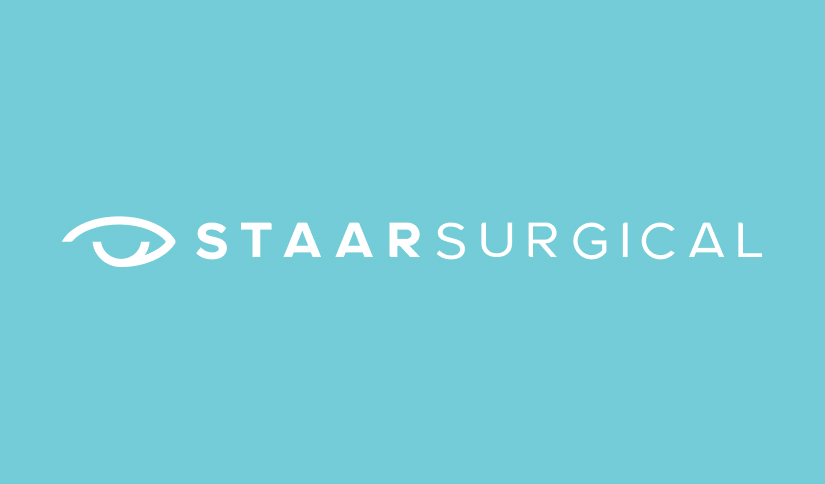Mayuko Kawakita
Actress, Model
Actress, Model
[Myopia and Me]
I have been suffering from myopia ever since I was a child and have been using contacts and glasses all my life.
I've been using glasses since I was about 8 years old.
I started using contact lenses when I had to participate in an audition.
[Myopia trouble]
My vision before the surgery was 0.06, which was so bad that I could not function outside the house or even inside the house.
I had to wear glasses or contact lenses from the moment I got up.
I had to put on makeup after putting in my contact lenses.
There were times when my contact lenses came off during crying scenes, so I had to ask my manager to prepare spare ones.
It was difficult to read the script because it was far away from me, and sometimes my expression became grim.
I have always had dry eyes, so my eyes were often dry when I was on the move.
I had to have contact lenses and glasses with me at all times, which meant more luggage.
[Consideration]
I was worried at first when I heard about the surgery, and I didn't know how it worked. Would it hurt? How long will it take until I could actually see?
I researched on the Internet, talked with my family, and asked the doctor a lot of questions.
[Surgery - immediately after]
The surgery was over in about 5 minutes for each eye.
My vision was about 80% normal after the surgery, and the next morning I woke up and could see right away, which was impressive.
[Now]
The excitement of being able to see from the moment I wake up in the morning is like a dream!
I am so happy!
My world has changed.
I can concentrate on my work.
I can get ready to go out faster!
I never dreamed that the day would come when I could see without contact lenses.
Now I don't feel like I have lenses in my eyes at all, I feel like it’s just my naked eyes!
I others who are struggling with their eyesight also make the best vision correction choice for themselves.
[Others]
I had a conversation with my husband, who has good eyesight, about how I can see so much.
Recently, I've been into cooking Thai food and I want to try Pad Thai.
検討
今
朝起きた瞬間から見える印象。 とても幸せです。 世界は変わった。 あなたはあなたの仕事に集中することができます。 外出する準備ができました。 連絡なしで見ることができる日が来るとは夢にも思わなかった。 今はレンズが入っているような気がしません。肉眼のようです。 同様に視力に苦しんでいる人に最適な選択をしたいと思います。
Important Safety Information
EVO & EVO TICL is designed for the correction of moderate to high near-sightedness (-0.5 to -20.0 dioptres (D)) and the reduction of near-sightedness in patients with up to -20 dioptres (D) of near-sightedness with less than or equal to 6.0 dioptres (D) of astigmatism. It is indicated for patients who are 21 to 45 years of age. In order to be sure that your surgeon will use a EVO with the most adequate power for your eye, your near-sightedness should be stable for at least a year before undergoing eye surgery. EVO surgery has been documented to safely and effectively correct near-sightedness between -0.5 dioptres (D) to -20.0 dioptres (D) and partially correct near-sightedness up to -20 dioptres in eyes with up to 6.0(D) of astigmatism. If you have near-sightedness within these ranges, EVO surgery may improve your distance vision without eyeglasses or contact lenses. EVO surgery does not eliminate the need for reading glasses, even if you have never worn them before. The EVO represents an alternative to other refractive surgeries including, laser assisted in situ keratomileusis (LASIK), photorefractive keratectomy (PRK), incisional surgeries, or other means to correct myopia such as contact lenses and eye glasses. EVO is not intended to correct any astigmatism you may have. Implantation of the EVO is a surgical procedure, and as such, carries potentially serious risks. Please discuss the risks with your eye care provider. The following represent potential complications/adverse events reported in conjunction with refractive surgery in general: conjunctival irritation, acute corneal swelling, persistent corneal swelling, endophthalmitis (total eye infection), significant glare and/or halos around lights, hyphaema (blood in the eye), hypopyon (pus in the eye), eye infection, EVO ICL dislocation, macular oedema, non-reactive pupil, pupillary block glaucoma, severe inflammation of the eye, iritis, uveitis, vitreous loss and corneal transplant. Before considering EVO surgery you should have a complete eye examination and talk with your eye care professional about EVO surgery, especially the potential benefits, risks and complications. You should discuss the time needed for healing after surgery.
Latin America
संदर्भ
1Visian ICL Patient Information Booklet
2Sanders D. Vukich JA. Comparison of implantable collamer lens (ICL) and laser-assisted in situ keratomileusis (LASIK) for Low Myopia. Cornea. 2006 Dec; 25(10):1139-46.
3Naves, J.S. Carracedo, G. Cacho-Babillo, I. Diadenosine Nucleotid Measurements as Dry-Eye Score in Patients After LASIK and ICL Surgery. Presented at American Society of Cataract and Refractive Surgery (ASCRS) 2012.
4Shoja, MR. Besharati, MR. Dry eye after LASIK for myopia: Incidence and risk factors. European Journal of Ophthalmology. 2007; 17(1): pp. 1-6.
5aLee, Jae Bum et al. Comparison of tear secretion and tear film instability after photorefractive keratectomy and laser in situ keratomileusis. Journal of Cataract & Refractive Surgery , Volume 26 , Issue 9 , 1326 - 1331.
5bParkhurst, G. Psolka, M. Kezirian, G. Phakic intraocular lens implantantion in United States military warfighters: A retrospective analysis of early clinical outcomes of the Visian ICL. J Refract Surg. 2011;27(7):473-481.
